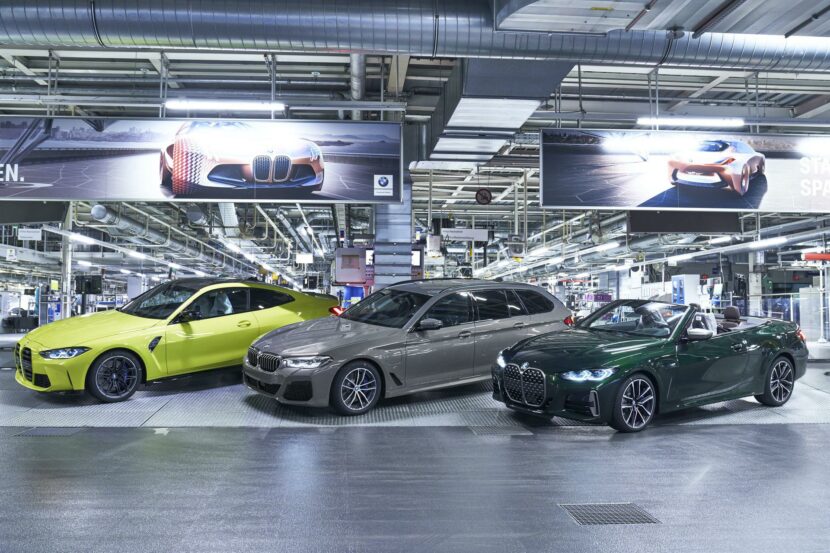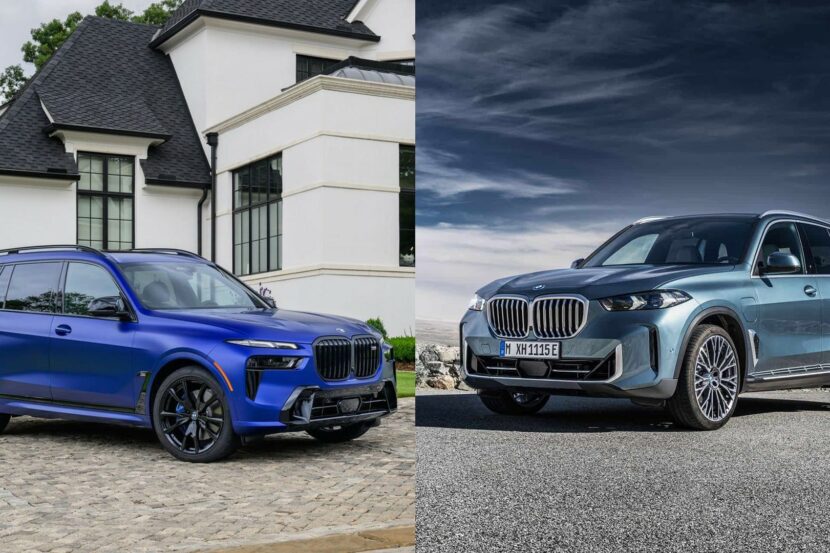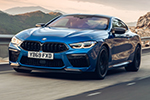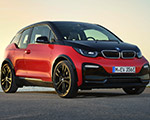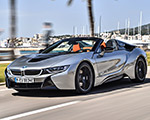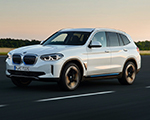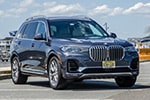A new trade deal between Donald Trump and the European Union is set to shake up the auto industry again. During a meeting in Scotland with European Commission President Ursula von der Leyen, Trump agreed to lower tariffs on most EU goods—including new cars—from 27.5% to 15%. That’s still six times higher than the 2.5% tariff that existed before Trump’s trade moves, but it’s a notable drop from the steep duties imposed earlier this year.
Relief, But Not a Return to Normal
For BMW, this is a mixed bag. The company, along with Mercedes-Benz, Volkswagen, and others, had been hit hard by the 27.5% tariff introduced in April. These higher import costs disrupted supply chains, inflated sticker prices, and forced companies to revisit financial forecasts. According to Bloomberg Intelligence, BMW and Mercedes stand to gain around €4 billion ($4.7 billion) in earnings relief thanks to the new deal. A big part of that comes from what’s not being taxed anymore: around 185,000 vehicles exported annually from their U.S. factories—like BMW’s Spartanburg plant in South Carolina—back to the EU are now likely exempt from tariffs.
But not everything’s covered. Vehicles heading into the U.S. from Europe still face that new 15% rate. So while the worst-case scenario of a 30% tariff (which Trump had threatened to impose) was avoided, the new deal doesn’t restore pre-2024 conditions.
Why It Matters for BMW
The U.S. is one of BMW’s most profitable markets. The company exports more vehicles from its U.S. plant than it imports into the country—making it a rare example of a German automaker with a significant U.S. manufacturing footprint. Still, the new tariff structure means added costs and more pressure. BMW will have to decide whether to absorb the difference or pass it on to customers, neither of which is ideal in a competitive market. The EV transition is already eating into margins, and slowing demand for electric models hasn’t helped.
Germany’s Reaction
German Chancellor Friedrich Merz welcomed the deal, calling it a necessary step to avoid further economic damage. Germany’s economy leans heavily on car exports, and its major automakers had been bracing for another wave of financial strain if the 30% tariff had gone through.
Executives from BMW and other German automakers had made repeated trips to Washington in recent months to push back against the escalating trade war. While they didn’t get everything they wanted, the exemption for U.S.-built vehicles headed to Europe is a win. BMW and its peers are dealing with more than just tariffs. Competition from Chinese brands is growing, and the EU’s regulatory demands continue to climb. At the same time, automakers are spending billions on EV development while trying to manage slower-than-expected adoption in most markets.
When Will The New Tariffs Start?
The August 1 rollout of the new tariff rules gives BMW a bit more clarity, but not much comfort. While the deal prevents further escalation, it locks in a higher cost baseline for doing business in the U.S.—a market where German brands rely on strong sales and solid margins.
In short, the pressure hasn’t disappeared. It’s just shifted.
August 1, 2025.
It drops from 27.5% set in April 2025 but is still higher than the pre-2024 2.5% duty.
No. A 50% tariff on steel and aluminum remains.
Lower import costs than the April peak, ongoing pressure on EU-built imports, and some relief via U.S.-built vehicles exported back to the EU.
BMW has yet to communicate on that. We believe it depends on model mix and costs. Brands can absorb some costs or adjust pricing.



